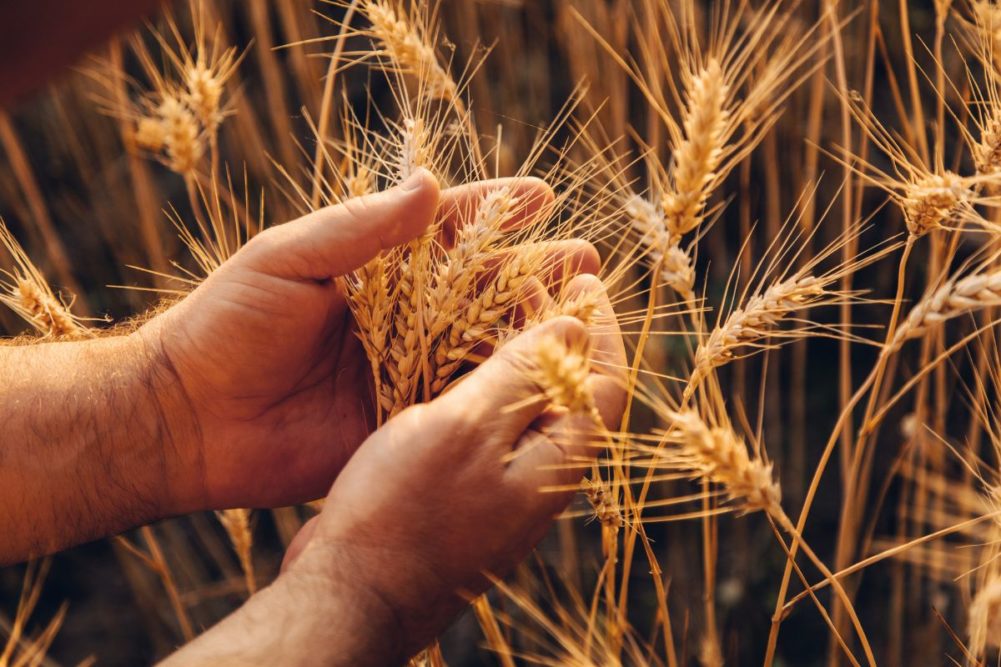CANBERRA, AUSTRALIA — The Grains Research and Development Corp. (GRDC), in partnership with five state government departments, on Feb. 26 announced a $42.7 million national security initiative that will “transform the effectiveness and responsiveness of Australia’s grains biosecurity system.”
The National Grains Diagnostic and Surveillance Initiative (NGDSI) is a co-investment between the GRDC and the WA Department of Primary Industries and Regional Development (DPIRD), the South Australian Research and Development Institute (SARDI), the Victorian Department of Energy, Environment and Climate Action (DEECA), the New South Wales Department of Primary Industries (NSW DPI), and the Queensland Department of Agriculture and Fisheries (QDAF).
John Woods, chairman of the GRDC, said the six-year initiative will use state-of-the-art technology and processes to improve Australia’s ability to rapidly detect and accurately diagnose exotic pests and plant diseases, allowing identification to happen “near the paddock” rather than in centralized laboratories. It also will support the development of more than 20 biosecurity specialists across Australia, modernize current surveillance techniques and utilize global intelligence to forecast future pest and disease risks to the nation’s grains industry.
“This initiative is one of the most important investments GRDC will make on behalf of Australian grain growers and is the result of two years of collaborative work with our partners,” Woods said. “It is powerful in the sense it has brought together the nation’s primary grain growing states in a united effort to reduce the very real risk that exotic pests and diseases pose to agriculture.”
The potential cost to growers of an incursion in terms of crop damage, control costs and trade impact is estimated at $100 million annually. This is why GRDC has invested $20 million of growers’ money over the next six years, matched by state department investment, to transform Australia’s grains biosecurity system.
“Timeliness of detection and response are critical and can be the difference between cost-effective control or the devastation of an industry,” he said. “We need to equip growers — and other key people — with the tools for fast, accurate diagnostics to enable timely management decisions that reduce the impact of these threats to the grains industry.”
Woods said the industry faced increased biosecurity risks from a range of factors, including more frequent international movement in trade and people, increasing chemical resistance, a decrease in the number of technical specialists and increasing input costs.
“This important national initiative will link with new and established pest surveillance for faster detection, which will allow more responsive eradication or management plans to be put in place,” Woods said.



